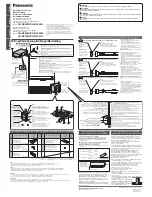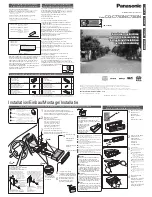
12/1/2006
27
Scenario 1 – Manual Dialout
•
Connect to the 102PC-SE using a telnet Client on port 23 (or configuration port).
•
At the command prompt, invoke # dialout serial s0. Once the session is opened successfully, there can
be two-way traffic between the telnet client and the serial device.
o
You can switch from Command Prompt to Dialout session using "restore session" command.
o
You can switch from Dialout session to Command Prompt using "<escape-monitor-string>" respectively.
Manual Dialout Feature through Command Shell
Commands to Setup Manual Dial-out with the 102PC-SE
# set ip eth0 dhcp-client disable
# set ip eth0 ip-address 192.168.2.1
# set serial s0 baud-rate 115200
# set serial s0 data-bits 8
# set serial s0 parity none
# set serial s0 stop-bits 1
# set serial s0 flow-control rts-cts
# save
Once the above configuration is saved in the 102PC-SE, use a telnet client and connect to 192.168.1.202 on port 23.
On successful login, at the 102PC-SE command prompt, invoke
# dialout serial s0
The serial port now opens for use.
Notes:
1.
Only one dial-out session can be open at a time.
2.
The Dial-out session is closed when the Telnet session is closed, thereby releasing the serial port.
3.
When Dial-out session authentication is enabled as specified in Optional commands, the session prompts for user-name and
password before opening the session successfully. (Enabled by default).
4.
The serial port is opened with the current serial configuration.
5.
When escape-monitor is enabled, care should be taken during file transfer that the escapemonitor-string is not part of the data.
6.
Manual dial-out is supported for the Telnet protocol ONLY and not for the UDP protocol.














































